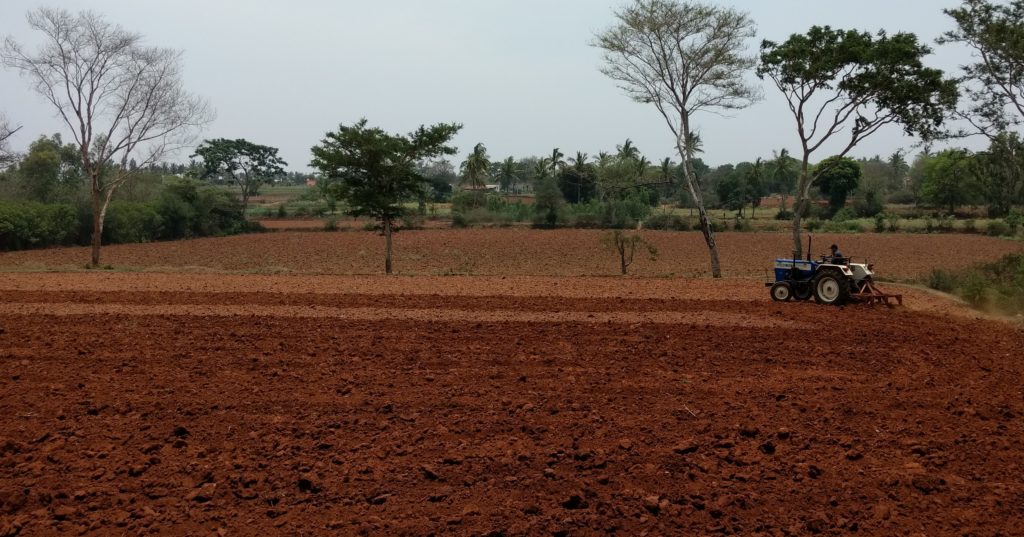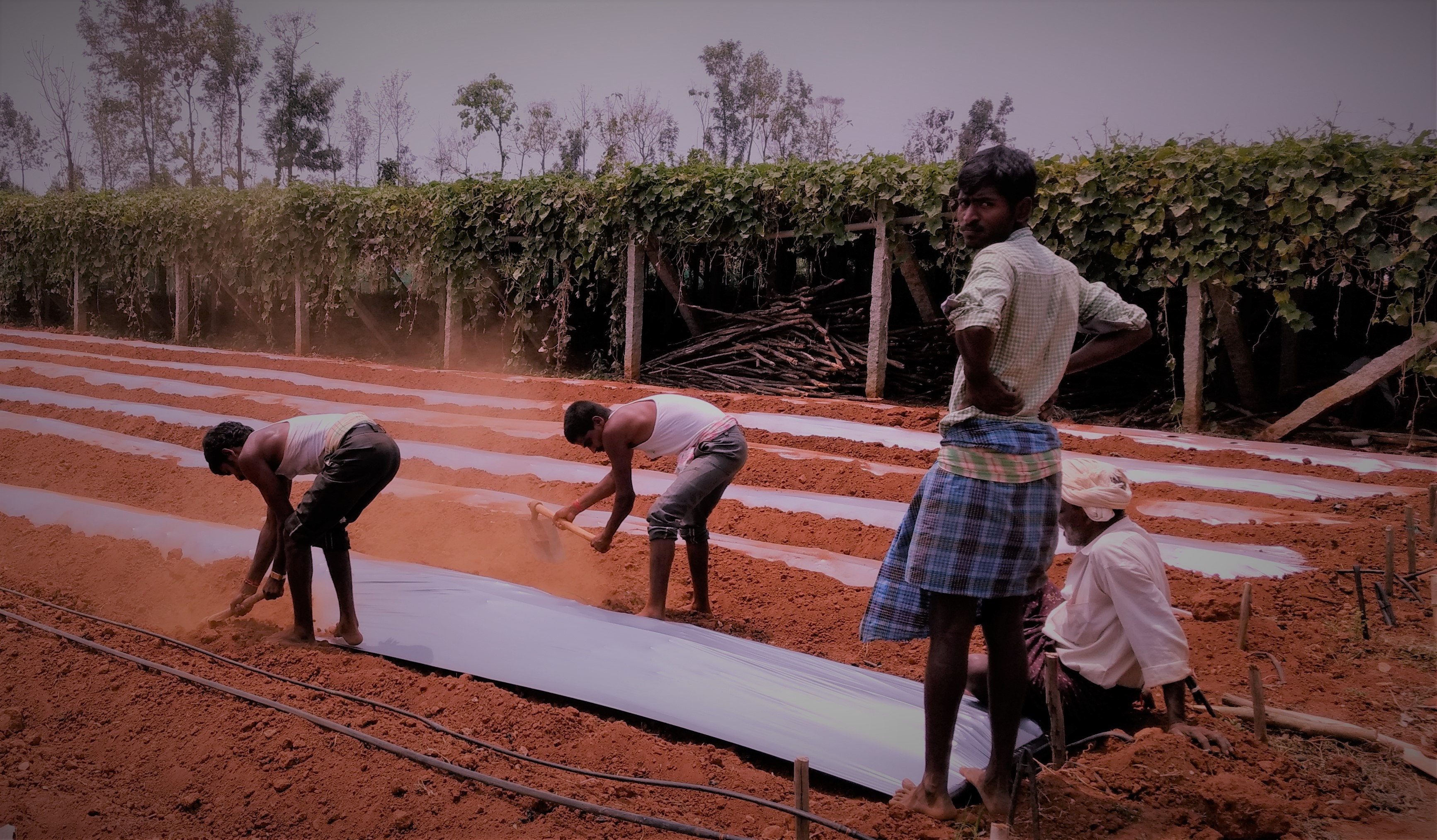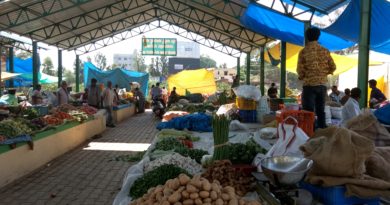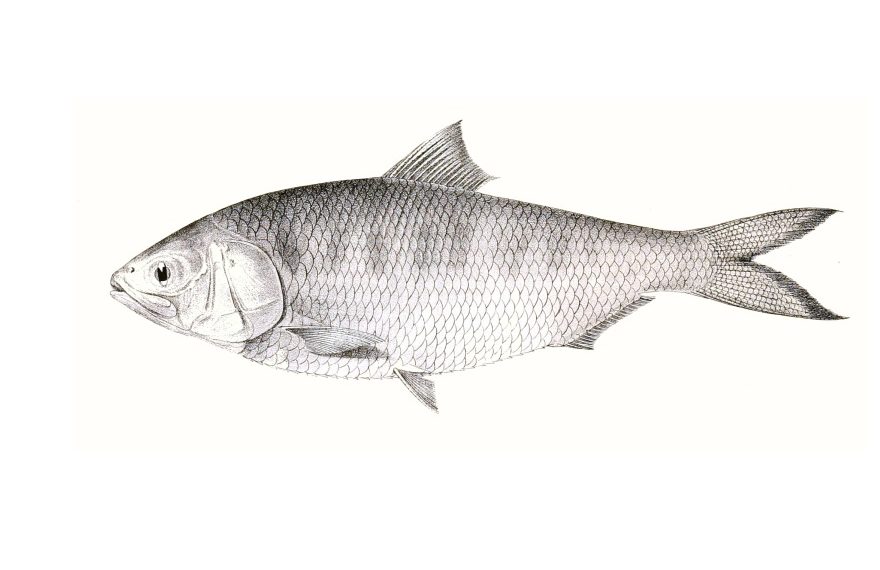Organic Farming: Breaking the Puritan Myth and Searching for the Truth
A: “What do you think about organic food products?”
B: “They are nice.”
A: “Just like that?”
B: ”It’s also healthy and tasty.”
A: “Have you ever checked that with study reports or facts?”
B: “No!”
A: “Then, how can you be so sure?”
B: “Because it’s organic, it must natural and healthy.”
A: “Since you know that it’s organic, you assume it’s nice and healthy.”
B: “Yes.”
The above conversation is a random one picked out of nowhere. Our concern isn’t the two people, A and B, but a problematic way regarding the key issues of public opinion and approval. In social psychological studies, this phenomenon is called the “halo effect.” In simpler words, the halo effect is a type of cognitive bias, in which our overall impression of a person or a thing influences how we feel and evaluate that person’s or thing’s specific traits. Because of the frenzy of buzz around it, no other sector as organic farming is suitable to analyse the ramifications of halo effect on society. Let’s take into consideration the rigorously fought battle in the agricultural sector, the one between proponents of organic and conventional farming methods. Amid heated arguments and counter-arguments, the war of principles often escalates into a war between modern science and organic farming, an undesirable twist this article attempts to address with immediacy. Moreover, we are weighing the puritanical approaches of organic farming against the monopolistic views prevailing in conventional scientific farming, by realistically exploring the grey zones between the two.
The dichotomy of organic farming and conventional farming either derails to a row between modern technology and nature or projected as a struggle between politically correct and politically corrupt people. A realistic view of the true potential of organic farming and its role in the future of food security often elbowed to the sidelines. For most of its history, organic farming has been treated by the flag-bearers of conventional farming as an inadequate, unrealistic and romantic mode of production. On the other hand, ambassadors of organic farming often accused the critics as agents of agro-capitalism, technological monopoly and industrial interests. Ironically, most of the conventional farming methods used before the invention of agriculture practices using non-organic methods can be considered as organic.

The alarming demand for food, a rapidly growing world population and new horizons of a global food market triggered initiatives towards non-organic farming methods during the industrial revolution in the 18th and 19th centuries. By the time of green revolution in the 1940s, synthetic and non-organic practices, powered by chemical fertilizers and pesticides, established their monopoly in the agrarian sector of major crop producing nations. By the mid-twentieth century, the green revolution based industrial farming caused soil erosion, depletion, destruction of crop varieties, the decline in the quality of food and livestock feed, rural unemployment, and poverty in the farming sector. Sustainable means of agriculture and long-term vitality of the soil came into the centre of discourses. A call for a new approach to farming that not only conserves but also regenerates the soil and other resources were raised from various corners of the world. Practices like managing crop residues, applying animal manures, composting, green manuring, biological pest control, and crop rotation became common names in the policymaking circles.
Also Read: How Kudumbashree Redeemed the Fallen Agrarian Angels as Agripreneurs
The farmers typically stayed away from or used very little, synthetic and pesticides, a move that helped bacteria, fungi, earthworms, insects, and other organisms to survive. By the end of the 40s and the beginning of the 50s, this mode of farming became a conscious initiative of a group of farmers with the lesser exploitation of natural resource and a commitment to sustainability through soil regeneration. This movement was the stark opposite of most of the world’s farming methods at that time, which were under the scrutiny of human conscience for chronic mismanagement of resources. By the 1960s, along with the emergence of radical environmental movements, organic farming found its feet on the firm ground of political, philosophical, social, and moral cornerstones. Along with it started the ongoing row between promoters of organic and conventional farming. No other farming methods are as controversial as organic farming for obvious reasons. The two major controversies related to organic farming methods are based on the questions, “is organic food healthier than conventional food?” and “are organic crops naturally resistant to pests?” Various discussion forums and journals are flooded with answers and explanations to these two questions, which contribute a great deal to the halo effect mentioned at the beginning.

The synthetic pesticides and fertilizers used indiscriminately by conventional farmers affect the quality of the crops and results in hazardous levels of residues in food items. Apart from this bitter fact, there are no credible studies to prove that organic foods have a considerable health or nutritional advantage over conventionally grown items. Researchers at the Stanford University Medical School conducted a comprehensive independent study in 2012 and found no evidence to support the argument that organic food is safer, nutrient dense, and vitamin-rich than conventional food. However, the only advantage organic food has over conventional food is a lower exposure to pesticides. Studies have approximated that the organic food has a 30 percent lower risk of pesticide residues. But, organic food loses this advantage in residue level when the conventional food is kept within safe limits. According to the norms of organic farming, the pest and disease resistance in crops depends on a chain of health that begins with the soil and its management. So, the organic pest and disease management methods focus on restoring this health chain and sustaining the vitality of the soil. Organic farming methods can claim an advantage here because of its Integrated pest management (IPM) system, which employs methods of modification of the environment to make it pest-repellant, the use of pest-specific predators, parasites, herbivores, and pesticides as a last resort.
Also Read: Winter is Coming, and so are the Hilsa
Here, again, we have another halo effect of believing all pesticides are unnatural, dangerous and do not belong in the food-health chain. There are a number of natural pesticides made by plants as their weapons in the ever-raging biological warfare perfected by nature. Renowned American biochemist Bruce Nathan stated in a 1990 research paper that around 99.99% of the pesticides in the human diet is produced by the plants themselves. Many of them proved to be toxins, carcinogens and other hazardous chemicals when tested on lab animals in higher quantities. So, in a broader sense, the pest and disease resistant potential of organic crops depends on nature’s health chain and sustaining the vitality of the soil, and the myth surrounding a 100% pesticide-free organic food is a bubble. Moreover, the global organic farming industry is as strong and ubiquitous as the conventional farming industry and capable of lobbying, manipulating and creating facts to support the Puritan myth.
While the outset of organic farming was a conscious reaction of farmers around the world against the high yielding crop varieties, chemical fertilizers and pesticides and their disastrous social, ecological and economic consequences, it is interesting to analyse the role of organic farming in India, a country experienced the best and worst of the green revolution. The fifth National Report on Desertification, Land Degradation and Drought published in 2015, finds the land degradation as a major environmental concern for the country, and one-third of India’s soil is degraded while 25 percent land is under the threat of severe desertification. The report also warns that the food security of millions is at risk. Reports of cancer belts formed in agricultural states and the rise in the number of farmer suicides should be added to this scenario of Indian agriculture to get an unromantic picture.
Signs of Indian agricultural entrepreneurs identify a sustainable and organic agri-business model as an inevitable solution to address the challenges can be seen on the horizon. A lot of urban professionals and rural entrepreneurs have been stepping into organized organic farming and various organic chains and retailers are taking root across the country. According to a recent TechSci report, the global organic food market has projected a growth of 16% percent over the next three years and the Indian organic food has a projected growth of over 25% by 2020. Even though the statistics and study reports show the wind is favourable to organic farming, the debates and articles flood the social and print media indicate a counter-productive trend. Most of them are plotting the organic farming on the righteous side of the debate, while aligning the modern science on the opposite side, which is rather antagonistic. Such a binary approach of playing right and wrong gives the organic farming a dogmatic air. Even the staunchest critics of chemically intensified farming can’t deny the role of modern science and technology in the history of agriculture. Moreover, the millions of microbes making soils fertile and helping plants grow can be employed to boost crop yields through advanced genetic methods. When organic farming joins hands with such advanced technological leaps, the human race can ensure a mouthful of healthy food for a few more generations. Albert Howard, the English botanist who is considered as the father of organic farming, once wrote that health is the birthright of all living things. It’s high time for organic farming and the advanced technologies to work for that realisation, hand in hand.
Also Read: How GST Can Reinvent Hope for the Crops and Change the Plight of the Indian Farmer



